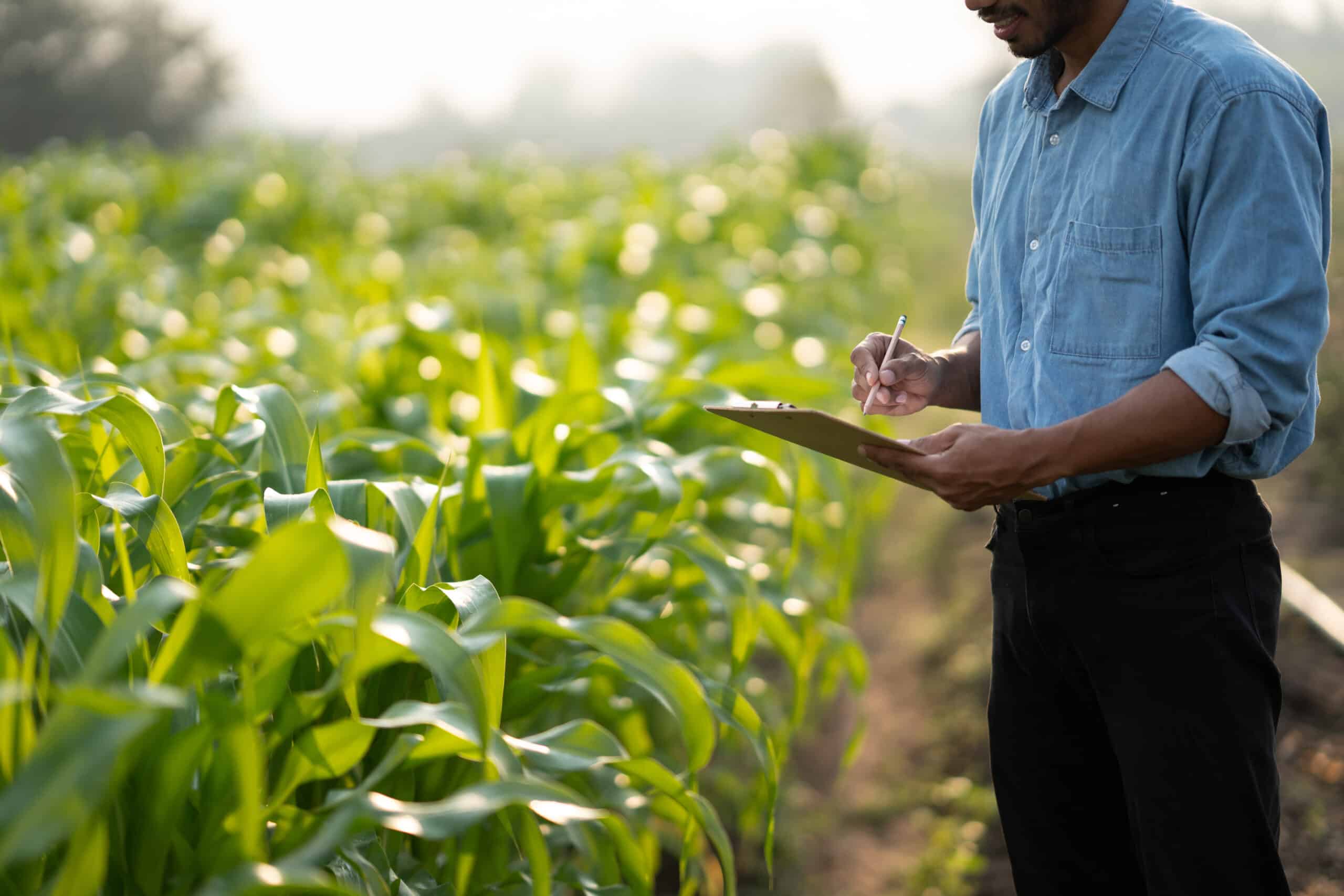Rice is the world’s most important staple food – grown in over 100 countries and consumed by half the world’s population every day. In Asia, where 90% of rice is consumed, rice security, ensuring there is enough affordable rice for everyone – is on a par with food security.
Strong Demand
With continued strong demand for rice, climate change is going to be a challenge for most rice-growing areas. Stagnant or even declining yields, land degradation and environmental pollution in some irrigated areas have raised concerns regarding the long-term sustainability of rice production and productivity. Developed countries’ subsidy policies have maintained rice production in temperate regions.
A reduction or abolition of subsidies and protection policies would completely change the current production and rice trade situation.
Rice Trade
Global rice trade can be broadly divided into fragrant and non-fragrant rice. The fragrant rice market includes basmati and jasmine rice while the non-fragrant rice market includes white, parboiled, and glutinous rice.
In the case of basmati trade, India and Pakistan export 100% of this rice to all parts of the world, with Middle Eastern countries as the major destinations, followed by the European Union. In the past 15 years, the global trade of basmati rice has grown from 1 to more than 4 million tonnes, with India capturing almost all the market expansion, with 80% share.
Paddy Rice is grown on 160 million hectares producing 740 million tonnes (490 million tonnes milled) averaging 4.60 tonnes per hectare. As a political commodity, it is imperative for policymakers to control rice trade flow for domestic rice markets to be stable. Global rice trade now stands at around 42 million tonnes.
The rice export market is highly concentrated with the top five rice exporters accounting for 80% of global rice trade. The major exporters (India, Thailand, Vietnam, and Pakistan) will continue to remain in the market, while Myanmar and Cambodia have the potential to become bigger exporters in the future. India has overtaken Thailand to become the largest rice exporter in the world exporting 10 million tonnes in 2015.
In contrast, the import side is quite fragmented with the top five rice importers accounting for just 30% of total trade. Importers from Asia, including the current top importer, China, account for a quarter of total trade. Rapidly rising costs of production, pressure on rice area from competing crops, and water shortages are likely to make imported rice an attractive option for Chinese traders.
The other major importing regions are the Middle East and Africa, with nearly half of the total global trade. These are the fastest-growing rice markets, with trade volume doubling from 10 to 20 million tonnes over the past decade. That growth allows for raising import tariffs in times of low world market prices and vice‐versa, helping to boost investment in the rice ecosystem.
Africa, Silver Lining
In Africa, the economic importance of rice has steadily increased over the last decade with both production and imports doubling. This is driven by a gradual evolution of nutritional habits of many Africans – especially those living in the urban areas – which has changed from eating only traditional foods, such as maize, cassava, millet and sorghum towards rice and wheat.
African imports cost a whopping $5 billion, about half of total consumption of 30 million tonnes. But long‐term food security in Africa cannot depend on rice imports and the African continent has the resources to become self-sufficient and even export rice.
It is also important to protect Africa’s rice farmers and urban consumers from world price fluctuations and inequitable trade. Governments must consider establishing minimum and maximum import tariffs.
Conclusion
An increase in rice production should meet the demand of the world’s current population growth rate. In our view, a less costly means to achieve this aim is to increase rice productivity, wherever possible. It is imperative that rice prices are kept affordable to reduce impact on the poor and to curb malnutrition. There is also a need to avert the climate change impact and grow “greener” rice by reducing water consumption in production.
Over the coming years, depending on new technology development, plants that tolerate drought, salinity, and extreme heat will revolutionise the cultivation of man’s most vital source of calories.
Contact our expert food security advisors
An increase in global rice production could go a long way to improving food security, however it is imperative that this is achieved through increased productivity, rather than further agricultural intensification, in order to avert climate change and reduce resource scarcity.
At Farrelly Mitchell, our global agribusiness experts provide tailored solutions to producers around the world, guiding them toward more productive, sustainable, and resilient farming systems. As food demand and environmental pressures mount, our food security consultants are perfectly placed to guide clients toward solutions that balance commercial viability with environmental sustainability and ensure long term food security in developing regions. We offer crucial insights into relevant agtech, foodtech, and digitalisation tools that are revolutionising agriculture, reducing food loss and waste, improving food safety, and critically boosting overall productivity. To learn more about our food security services, reach out to our team today.














